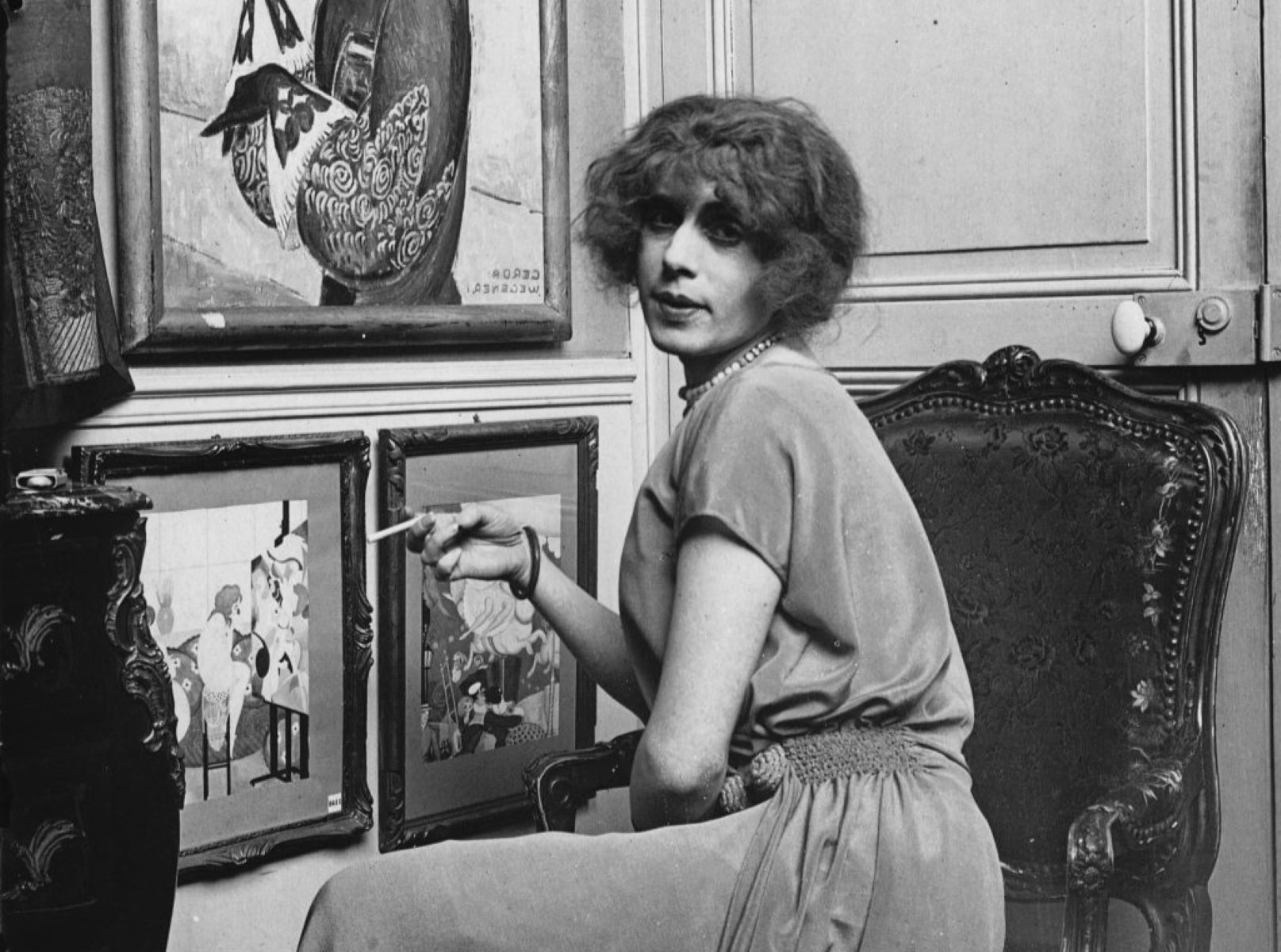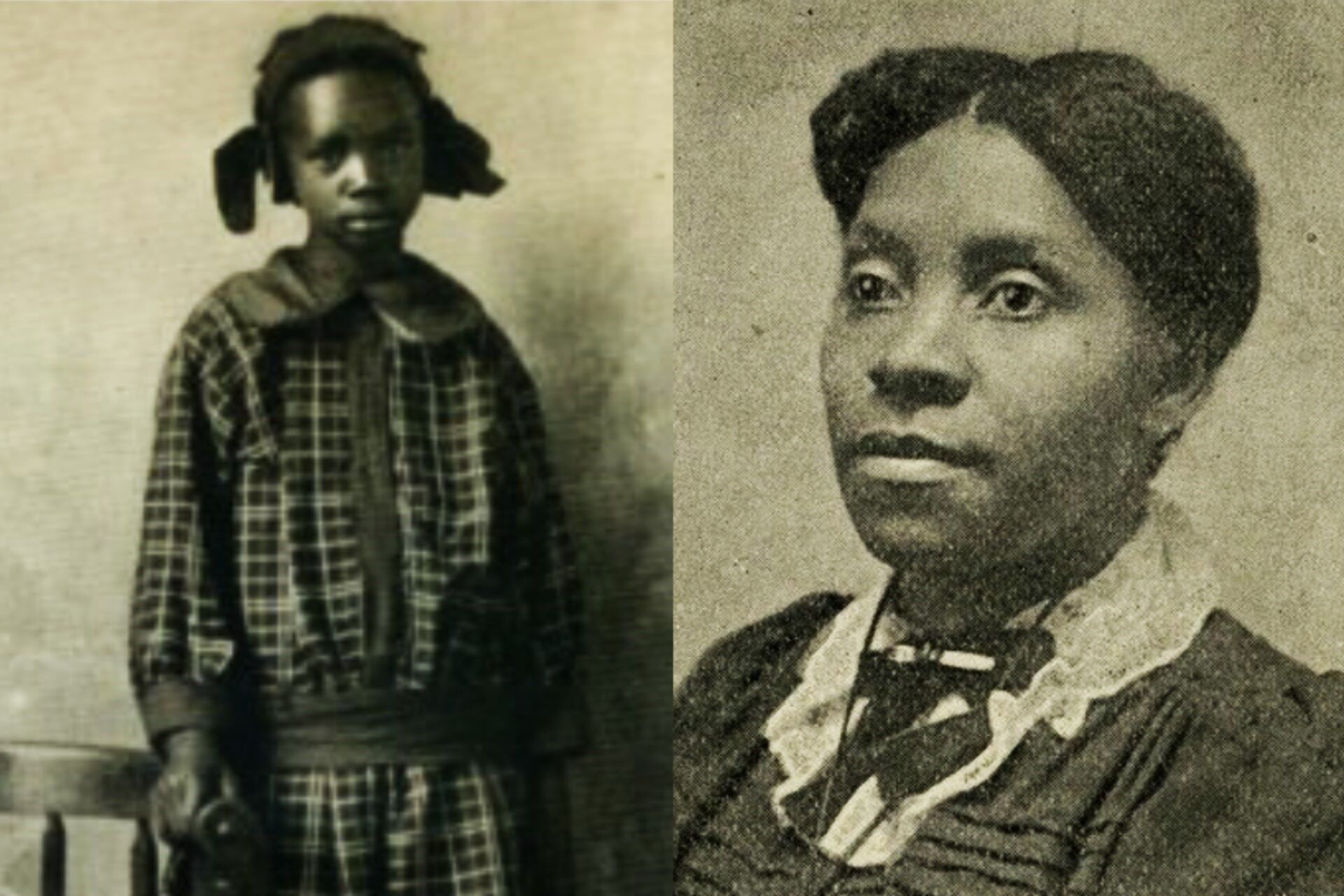
Who was Lili Elbe? Lili Elbe was a Danish transgender woman and one of the first people to undergo gender confirmation surgery. Born Einar Wegener in 1882, she lived much of her life as a successful painter. Her journey to becoming Lili began when she started modeling for her wife, Gerda Wegener, who was also an artist. This experience awakened her true identity. In 1930, Lili underwent a series of pioneering surgeries in Germany. Her story, filled with courage and determination, has inspired many and brought attention to transgender issues. Sadly, she passed away in 1931 due to complications from her final surgery.
Key Takeaways:
- Lili Elbe, a pioneering transgender figure, faced challenges and triumphs in her journey to become her true self, leaving a lasting impact on the transgender community and beyond.
- Lili Elbe's legacy as a transgender pioneer, artist, and fashion enthusiast continues to inspire and advocate for transgender rights, celebrated through memorials, academic studies, and cultural events worldwide.
Early Life and Background
Lili Elbe, born Einar Wegener, was a Danish painter and one of the first known recipients of gender confirmation surgery. Her life was filled with remarkable events and achievements.
- Born in 1882: Lili Elbe was born on December 28, 1882, in Vejle, Denmark.
- Artistic Talent: From a young age, she showed a keen interest in art and pursued a career in painting.
- Education: She studied at the Royal Danish Academy of Fine Arts in Copenhagen.
- Marriage: Lili married fellow artist Gerda Gottlieb in 1904, who played a significant role in her life and transition.
Transition and Surgery
Lili Elbe's journey to becoming her true self was groundbreaking and paved the way for future transgender individuals.
- First Realization: Lili first realized her true gender identity while modeling for her wife, Gerda.
- Initial Steps: She began living part-time as a woman, initially under the name Lili.
- Supportive Partner: Gerda was supportive of Lili's transition, often painting her as a woman.
- First Surgery: In 1930, Lili underwent her first gender confirmation surgery in Germany.
- Multiple Surgeries: She had a total of five surgeries to complete her transition.
- Name Change: After her surgeries, she legally changed her name to Lili Elbe.
Challenges and Struggles
Lili faced numerous challenges during her transition, both medically and socially.
- Medical Risks: The surgeries were experimental and carried significant risks.
- Health Complications: Lili experienced several health complications due to the surgeries.
- Legal Issues: She had to navigate complex legal issues to change her identity.
- Social Stigma: Lili faced social stigma and discrimination for her gender identity.
- Divorce: Her marriage to Gerda was annulled in 1930 due to her transition.
Legacy and Impact
Lili Elbe's life and story have left a lasting impact on the transgender community and beyond.
- Pioneering Figure: Lili is considered a pioneer in the transgender community.
- Autobiography: Her autobiography, "Man into Woman," was published posthumously in 1933.
- Inspiration: Lili's story has inspired countless individuals to embrace their true selves.
- Film Adaptation: Her life was adapted into the film "The Danish Girl" in 2015.
- Cultural Icon: Lili has become a cultural icon and symbol of transgender courage.
Personal Life and Interests
Beyond her transition, Lili had a rich personal life filled with various interests and passions.
- Love for Painting: Lili continued to paint even after her transition.
- Fashion Enthusiast: She had a keen interest in fashion and often designed her own clothes.
- Travel: Lili loved to travel and spent time in various European countries.
- Friendships: She maintained close friendships with several artists and intellectuals.
- Writing: Lili enjoyed writing and kept detailed diaries of her experiences.
Final Years and Death
Lili's final years were marked by both triumphs and tragedies.
- Last Surgery: In 1931, Lili underwent her final surgery, hoping to become a mother.
- Health Decline: Her health began to decline rapidly after the last surgery.
- Hospitalization: Lili spent her final months in a hospital in Dresden, Germany.
- Death: She passed away on September 13, 1931, due to complications from the surgery.
- Burial: Lili was buried in Dresden, where her grave remains a site of remembrance.
Recognition and Honors
Lili Elbe's contributions have been recognized and honored in various ways over the years.
- Posthumous Recognition: Lili received significant recognition after her death.
- Memorials: Several memorials have been established in her honor.
- Academic Studies: Her life and transition have been the subject of numerous academic studies.
- LGBTQ+ Advocacy: Lili's story has been used to advocate for transgender rights and acceptance.
- Cultural Celebrations: Her legacy is celebrated in various cultural events and festivals worldwide.
Celebrating Lili Elbe's Legacy
Lili Elbe's story remains a powerful testament to courage and authenticity. Her journey as one of the first recipients of gender confirmation surgery broke barriers and paved the way for future generations. Born Einar Wegener, she lived a life filled with both artistic brilliance and personal struggle. Her transition in the early 20th century was groundbreaking, challenging societal norms and medical practices of the time.
Elbe's legacy continues to inspire those fighting for transgender rights and acceptance. Her life reminds us of the importance of being true to oneself, no matter the obstacles. By sharing her story, we honor her bravery and the progress made in the fight for equality. Lili Elbe's impact on history and the LGBTQ+ community is undeniable, making her a true pioneer whose influence will be felt for years to come.
Frequently Asked Questions
Was this page helpful?
Our commitment to delivering trustworthy and engaging content is at the heart of what we do. Each fact on our site is contributed by real users like you, bringing a wealth of diverse insights and information. To ensure the highest standards of accuracy and reliability, our dedicated editors meticulously review each submission. This process guarantees that the facts we share are not only fascinating but also credible. Trust in our commitment to quality and authenticity as you explore and learn with us.


